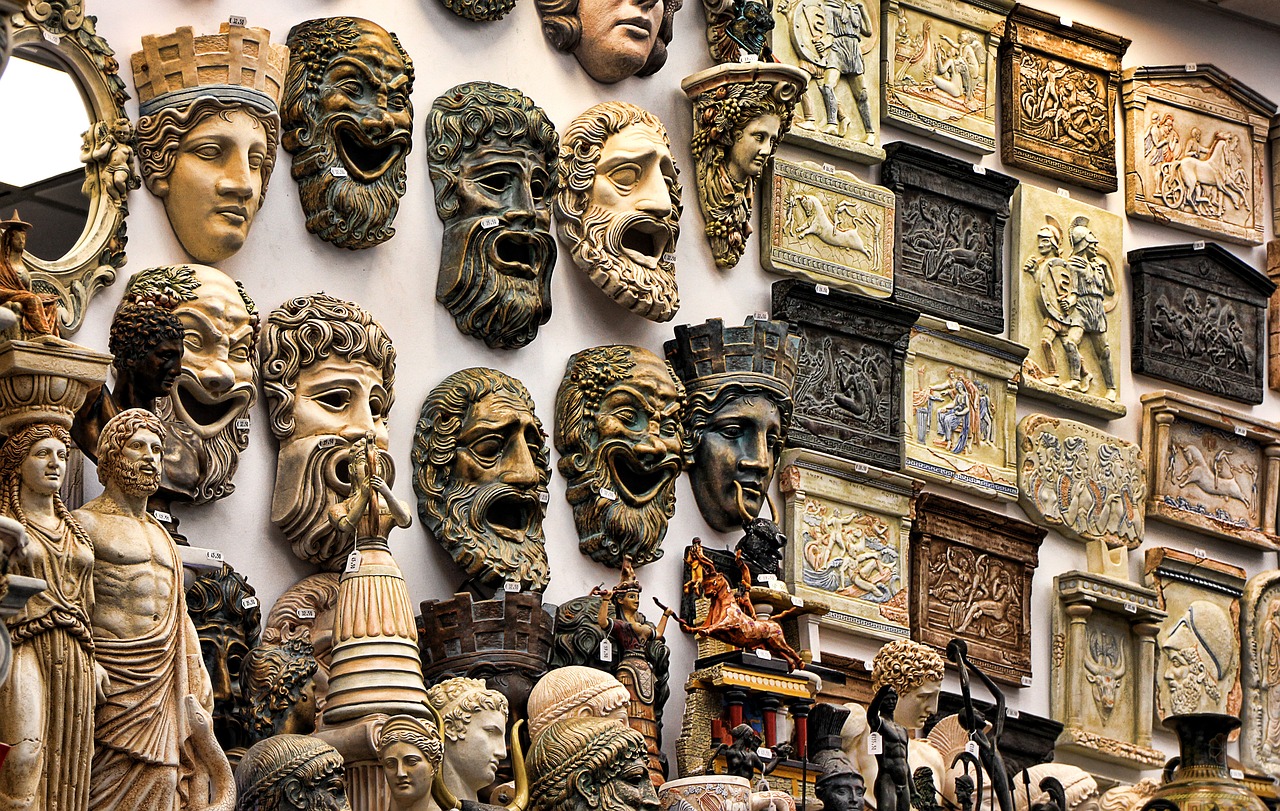In a striking illustration from the 19th century, Lorenz Frølich captures the essence of Odin, Vili, and Ve as they embark on the monumental task of creating the cosmos. Vili and Ve, pronounced as “VILL-ee” and “VAY,” are Odin’s brothers and played a crucial role in this foundational event.
According to the medieval Icelandic scholar Snorri Sturluson, Odin, alongside his brothers Vili and Ve, are recognized as the initial deities of the Aesir pantheon. Their lineage traces back to the primordial figures of Borr and the giantess Bestla. The trio’s most significant act involved the demise of Ymir, the first being to exist. From Ymir’s remains, they shaped the universe we know today. While Snorri’s accounts are often not the most reliable, this particular narrative aligns well with other cultural insights, validating its authenticity in portraying early Norse cosmology.
Another tale featuring Vili and Ve describes a controversial moment when Odin was banished from Asgard due to his engagement in “unmanly” sorcery. During his absence, Vili and Ve took the opportunity to engage intimately with Frigg, Odin’s wife. The specifics of their involvement during this episode remain largely unrecorded.
References to Vili and Ve in Old Norse texts are largely limited, often relegated to brief mentions of Vili as Odin’s brother. In Snorri’s Prose Edda, the figures Hárr, Jafnhárr, and Þriði serve instructional roles and are speculated to represent Odin and his brothers, though it is just as plausible they might be variations of Odin himself, since these titles are often associated exclusively with him in Norse poetry.
The etymology of Vili and Ve provides fascinating insights into their identities. Vili translates to “Will” in Old Norse, while Vé means “Temple” and shares roots with words connected to the sacred, particularly in rituals of sanctification.
Interestingly, the Proto-Germanic names for these deities—*Woðanaz for Odin, *Weljon for Vili, and *Wixan for Ve—exhibit an alliterative relationship that points to their origins dating back to a time before the Viking Age, possibly even a millennium or two earlier.
Although references to Vili and Ve are scarce in the literature of the Viking Age and subsequent periods, they undoubtedly held significant importance among the Norse and other Germanic tribes. This importance suggests that these figures were far from minor; their endurance throughout millennia and their association with Odin, considered the supreme Germanic god for much of that time, emphasize their elevated status.
Odin, Vili, and Ve embody three fundamental principles that differentiate the cosmos from chaos. They represent Inspiration, Conscious Intention, and the Sacred, respectively. This trio was instrumental not only in the creation of the cosmos but also in ensuring its continual maintenance and flourishing.
For those interested in delving deeper into Norse mythology and religion, exploring additional resources can lead to further enlightenment about these fascinating topics.



